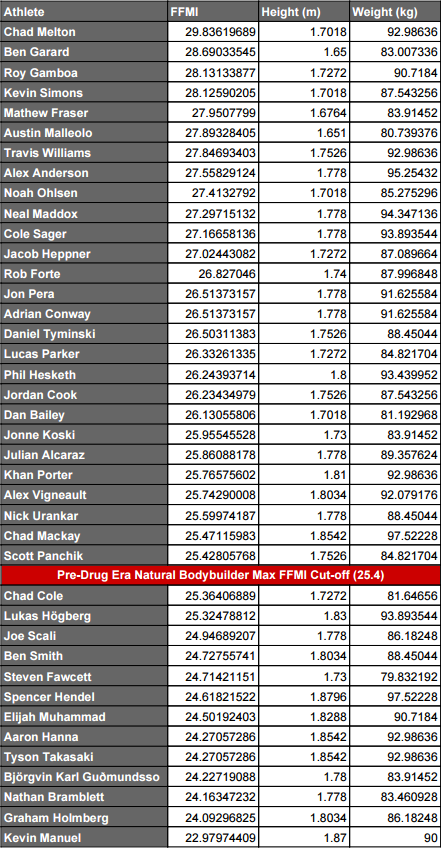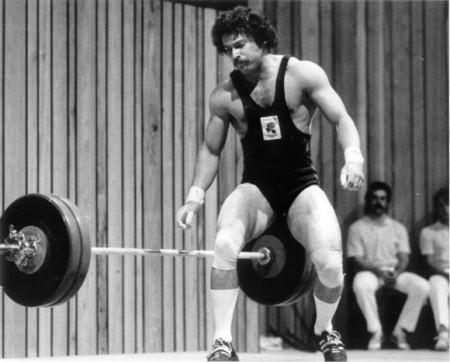Recently both of my younger brothers asked me to help them with a training program. One of the first “lessons” I gave them was how to organize a training session for a program oriented towards getting stronger, building size, and leaning out. Here is a quick guide on how to do so.
- Begin with a general warm-up. This can be light calisthenics, walking, jogging, rowing, or biking for 2 to 10 minutes.
- Do some mobility work. Massage or roll first, then stretch. Rolling the soft tissue helps loosen it up before trying to stretch on it. I’m going to remake a video o this soon, but hit the upper back, lower back, hips, and quads at a minimum. Joint approximation should be done last. The point of mobility before training is to improve range of motion to facilitate good mechanics — especially if the correct ROM of the exercise is limited.
- Warm-up with the main lift you’re doing that day. That means start with the bar for a set of five and then progressively add weight until you reach the first set. As your warm-up sets go up, titrate the reps down. For example, if my first set was 225×5, I could do warm-ups like this:
- 45×5
- 95×5
- 135×5
- 185×3
- 205×2 or 1
- First set of 225×5
- Do all of the work sets for the main lift of that day. Bodybuilding programs like to add unnecessary super-sets; to get stronger and bigger, do the compound strength movement first. Do it for 3-5 sets of 3-5 reps.
- Now it’s time for assistance exercises. Do compound exercises before isolation exercises. Do the strength related exercises first; do the hypertrophy (or muscle building) exercises last. Do them for 3-5 sets of 5-10 reps.
- Compound assistance exercises include pull-ups, rows, lunges, and dips. You won’t need much more than this.
- Isolation assistance exercises include curls or triceps extensions. Don’t bother with leg curls or leg extensions.
- Finish the session with high intensity conditioning. Conditioning should be something short and hard, just like your pecker. 30 seconds of running fast, 30 seconds of rest on a treadmill. Or 30 second bike sprint and then 30 seconds of easy pace. 50 to 150 burpees for time. 400m sprints. Some of the old benchmark CrossFit workouts like “Cindy” (you can cap the time at 10 minutes) and “Helen” are pretty good. Push a sled. Sprint up a hill. Running has a bad rap because it’s the worst fucking thing ever, but athletes need to sprint. You can’t look like an athlete without training like one. So, sprint.
There’s nothing flashy or sexy about how to organize a training session. Do something that looks like this three or four times a week consistently, sleep eight hours a night, and pay attention to not eating like shit, and any beginner will make progress.
If you’re interested in beginning diet information, read “Garbage In; Garbage Out” or “Improving Diet“.





